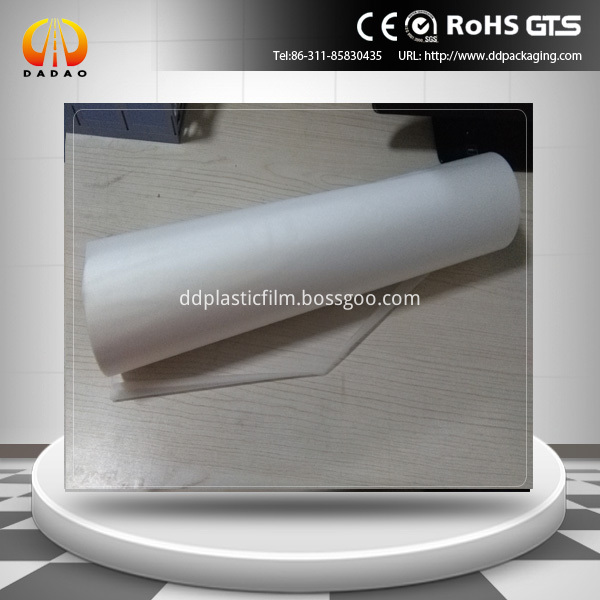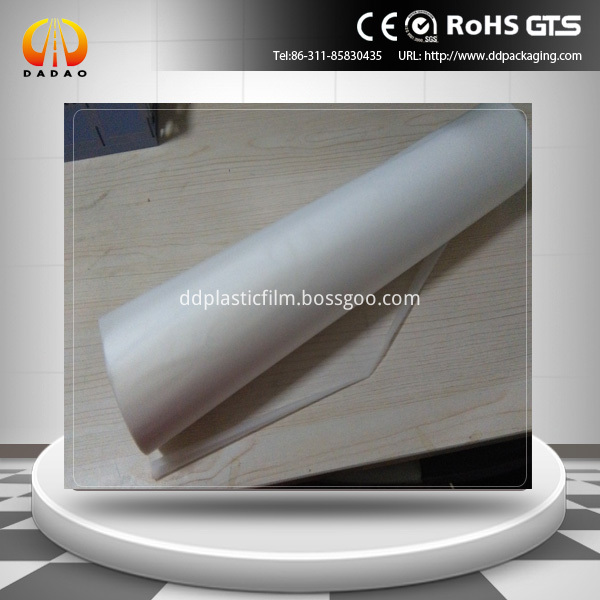Non-migration packaging printing in sheet-fed offset press
In the past two years, consumers and packaging printers have been plagued by media reports of carton packaging contamination and accidents caused by packaged items, the most notable of which is the contamination of beverages and baby food. During the production process, when rewinding the substrate just printed, one of the dangerous substances detected-isopropyl thioxanthone (ITX) was migrated to the inner layer that will eventually become the laminated carton. But photoinitiators like benzophenone and substances like TXIB that are produced when the photoinitiators in UV inks and varnishes decompose are equally harmful to health. In order to minimize all contamination risks, Vegra Group, based in Aschau am Inn, Germany, developed adhesives and varnishes without migration. But first the cause of migration must be determined, in other words the interaction between all substances involved in the printing process. It has been found that even trace residues from recycled substrates and the printer itself can cause chemical migration into food packaging.
Product development and testing
We tested the theoretical hypothesis by using UV-responsive adhesives and varnishes produced in the laboratory and applying specific procedures to check for the migration of prepolymers and monomers. None of the photoinitiators used contained benzophenone, nor did they produce TXIB.
Varnish is a form of headspace (or vapor phase space) chromatography-gas chromatography (in which the vapor phase is analyzed as a concentration indicator in the liquid phase) combined with mass spectrometry in a special laboratory For analysis. It is then compared with the standard varnish formulations currently widely used. The purpose is to mix the prepolymer, monomer and photoinitiator together in a way so that the resulting UV adhesive and varnish that polymerize at the highest speed and efficiency are odorless and free of possible Low-molecular compounds that migrate into the packaged item.
In multi-color production, a KBA Rapida 05 applies a varnish formulated in the laboratory to the substrate samples at a rate of 12,000 sheets / hour and is cured with lamps of different power settings. The substrates tested are:
* Metal foil laminated recycled GD2 box cardboard, standard recycled GD2 box cardboard,
* Cardboard for original cellulose GC1 box. Between the two varnish applications, the varnish system was cleaned with a competitor's standard detergent based on diacetone alcohol. Immediately after glazing, the proof sheet was wrapped in aluminum foil and analyzed by headspace chromatography. An uncoated substrate was analyzed as a reference.
Find
Analysis of the unglazed areas exposed to UV radiation in the printing press revealed:
* Metal foil laminated recycled GD2 box paperboard does contain traces of Surfynol 104 (a surfactant), TXIB and benzophenone;
* Standard recycled GD 2 box paperboard, as expected, contains solvents (paraffins C14, C15, C16, C18, C19 and C20), an ester (Estisol 242) and traces from the ink residues that cannot be removed from the recycled pulp Benzophenone, TXIB and softener;
* The original cellulose GC 1 box paperboard contains the smallest amount of benzophenone, TXIB and softener.
discuss
Tests have shown that the benzophenone substances in the metal foil-laminated recycled GD2 box board and original cellulose GC1 box board come from the residues of detergent, varnish and other substances on the glazing roller. The trace amount of ink on the standard recycled GD2 box cardboard comes from the original substrate. This is because these oils and other ink components cannot be extracted from the pulp during the regeneration process. The level of contaminants in the original cellulose GC1 boxboard was considered negligible.
Since Vegra varnish does not contain Surfynol 104, benzophenone or TXIB, it is concluded that these trace substances found in the sample must be foreign substances and will not come from Vegra varnish used in laboratory tests. Moreover, due to the presence of these substances in unglazed paperboard, they can only migrate from contaminated pulp or rollers during processing or printing. The diacetone alcohol detergent decomposes when exposed to UV radiation, and it is found that one of the decomposition products, benzaldehyde, migrates from the packaging to the packaged items.
Recommendations for printing food packaging
* The selected substrate should be harmless to health and free of substances that can be transferred from the packaging to the packaged items.
* The environment of printing production (printing machine) should be limited to UV processing, so as to exclude the possibility of pollution from traditional consumables.
* The detergent must be effective enough to remove all traces of ink and varnish, and it must be free of contaminants to ensure that no contaminants can migrate to the packaged items.
* Precautions must be taken to ensure that no substances such as benzaldehyde are produced on the substrate as a result of decomposition during UV radiation.
* The UV lamps must be carefully repaired and their power output set high enough to trigger the maximum polymerization of the applied ink and varnish so that they can pass the MEK or acetone test-15 double friction. Of course, the ink used must also be based on a mixture of binder and photoinitiator that does not contaminate the package. While water-based varnishes usually do not contain any migratable ingredients, if these varnishes are used, the precautions for UV varnishes should be taken:
* Choose a suitable substrate and ensure that the printing environment is free of contaminants.
* Select a detergent without migrating ingredients.
in conclusion
These tests revealed that Vegra's new non-migration UV varnish (identified by adding the MF (non-migration) suffix to the product name) eliminates all risks of food contamination caused by the migratable ingredients from the varnish.
Thermal Anti Scratch Matte Film
Feature:
High stiffness base film.
Eco anti-scratch coating surface.
Superior matte and hardness anti-scratch surface.
Combining the advantage of on line co-extrusion and off-line precision coating.
Width:300-1800mm
Length:1000-3000m
Paper core:76mm
Product show:


Thermal Anti Scratch Matte Film
Anti Scratch Matt Film,Thermal Laminating Film,Matte Thermal Bopp Film,Matt Eva Coated Film
Shijiazhuang dadao Packaging materials Co , https://www.ddplasticfilm.com